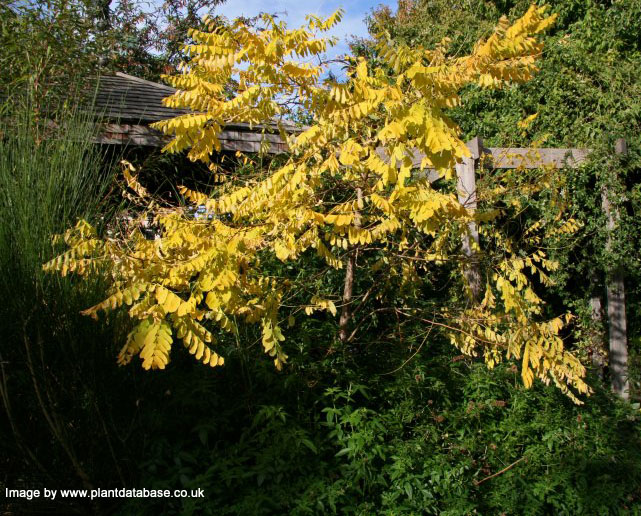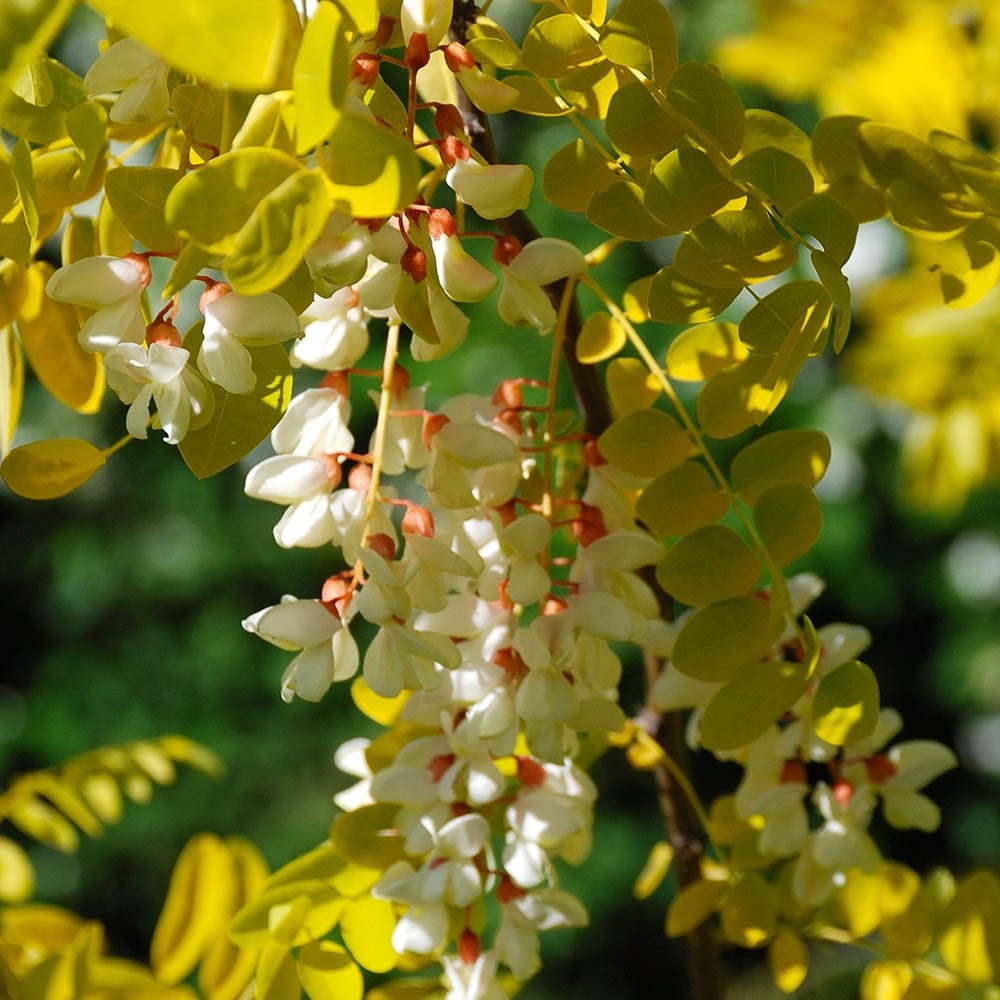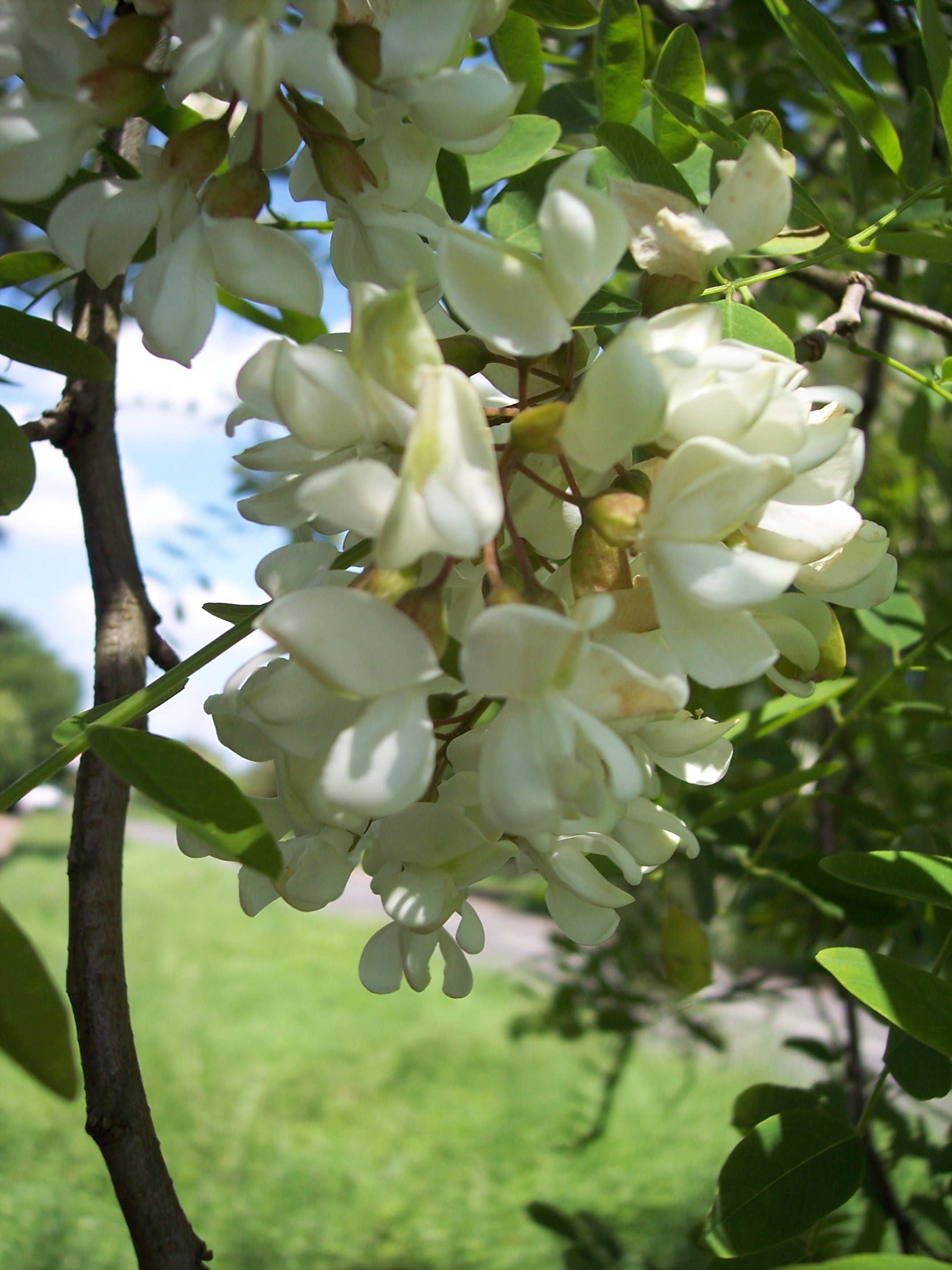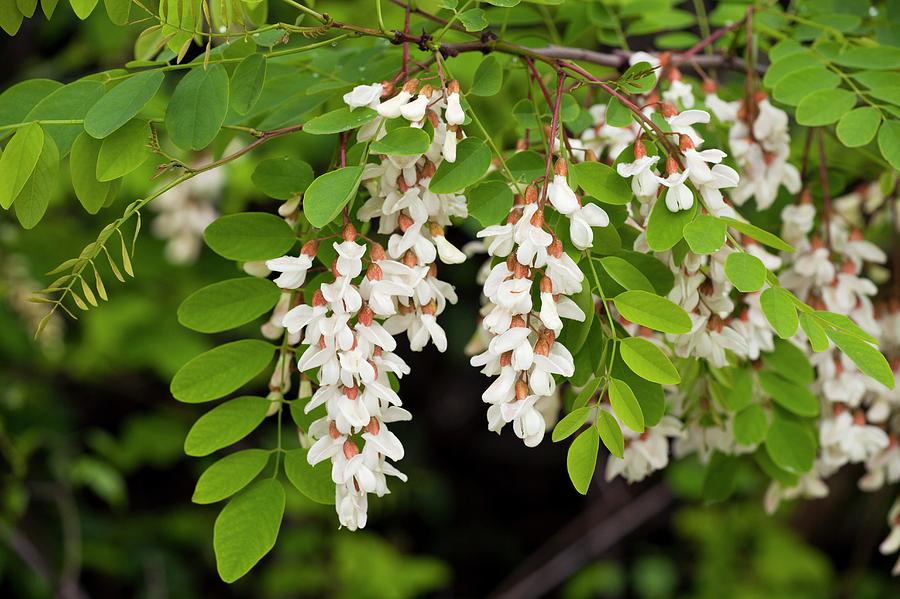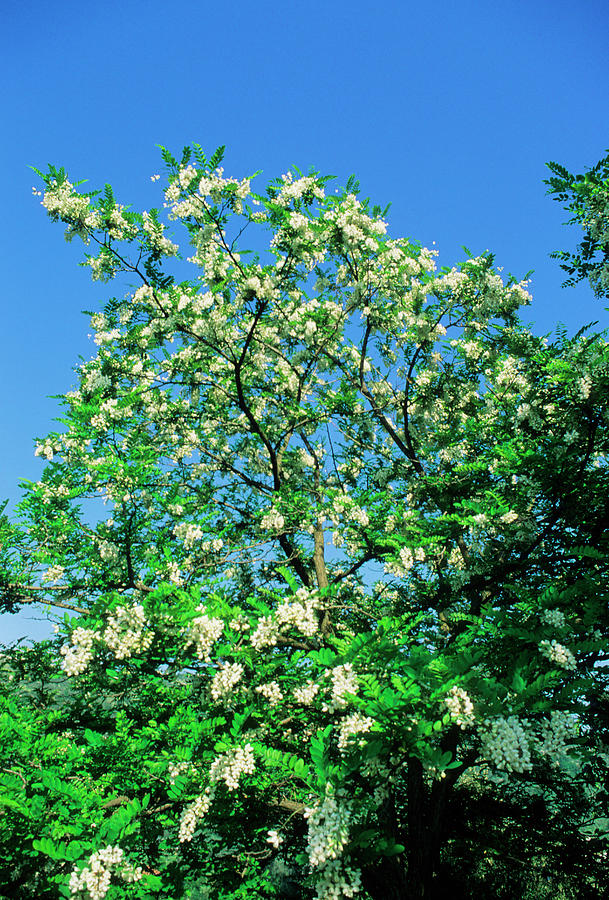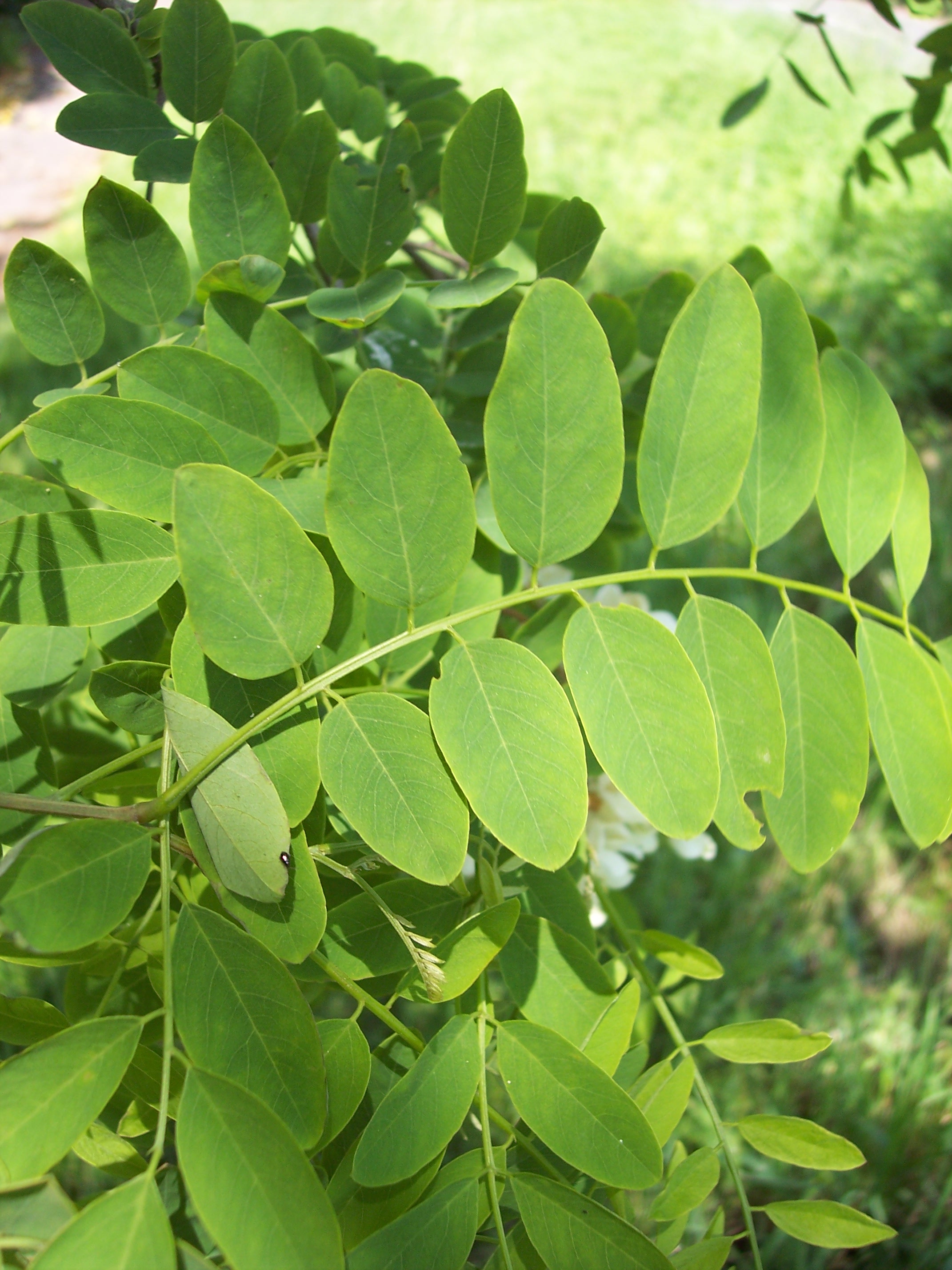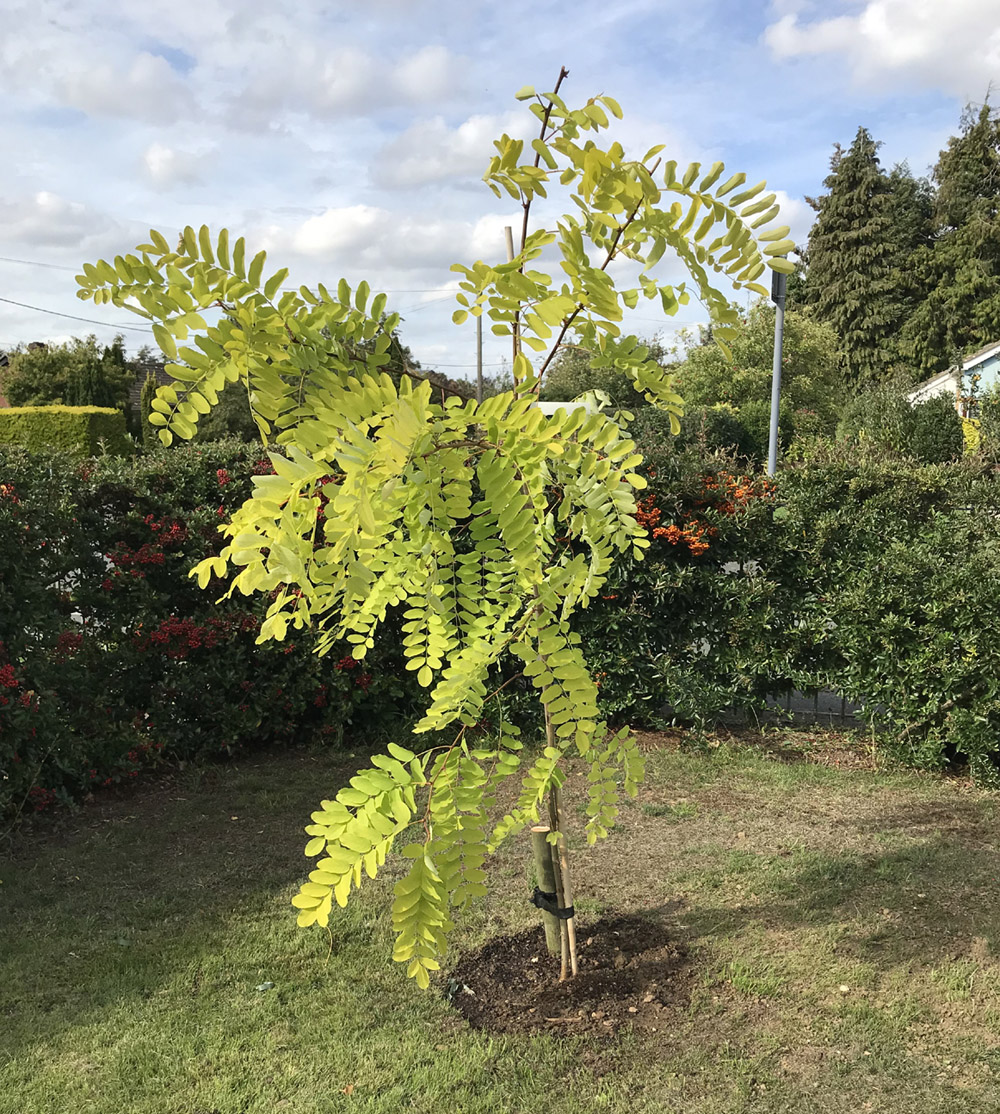Neat Info About False Acacia Tree

They are somehow similar but with a few differences.
False acacia tree. Black locust tree, false acacia planting black locust tree. Black locust (also known as “false acacia”) and honey locust are tall, thorny trees, both members of a pea family. Young trees have smooth bark that is a rich brown colour.
It was introduced around 1636 and is common in parks and gardens and as a street tree. Synonyms robinia pseudoacacia 'twisty baby' robinia 'twisty baby' join the rhs become an rhs member today and save 25% on your first year < > Description popular for its bright pinnate foliage, robinia pseudoacacia 'frisia' has clear yellow leaves in spring that turn lime green throughout the summer and golden yellow in autumn.
Not all varieties are free flowering. Leaf stalks often have pronounced spines at their base. No specific pruning is required, but it.
Chalk, clay, sand or loam. False acacia is a hardwood tree that can reach 30m in height. Planting and growing tips listed here will help.
This is not a true acacia. The name ‘false acacia’ comes from the idea that the leaves look like a true acacia. Reproduces by root suckers to form dense clones of interconnected trees.
It may grow 30 to 50 feet tall, and 20 to 35 feet wide, and its trunk may measure up to 3 to 4 feet in diameter. Black locust (false acacia) basic information tree id: The black locust is a deciduous, flowering tree in the fabaceae or bean family.
While it is a native forest tree in the mountains of north carolina, it is widely planted throughout the state and is now naturalized to all soil and. The black locust tree is a native tree, originally found in the appalachian mountains in the eastern united. The leaves are green with many pairs of rounded leaflets, turning yellow in autumn.
White or pink (depending on variety), fragrant, often followed by seed pods. Young saplings have smooth green bark which then turns dark and rough as the plant matures into a tree. Flowers have a fragrant smell and hang in droopy clusters.
Robinia pseudoacacia ‘umbraculifera’ is a special variety of black locust tree. Trees often die from forty years of age, and rarely live more than 100 years (university of california 2008). In woodworking , both black locust and honey locust are used where hard and strong wood is.
The robinia false acacia, a tree with many qualities. The tree spreads quickly and can grow to. It was introduced to britain in about 1636.

